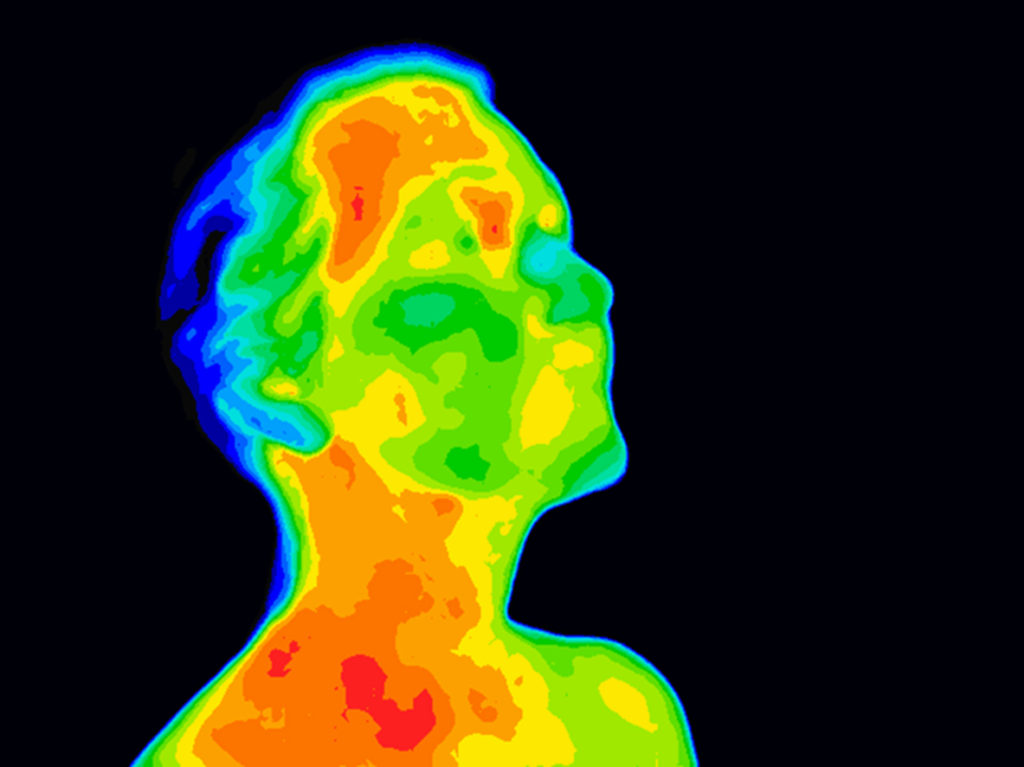I recently stumbled across a video from 2020 during lockdown when I was juggling clients remotely and piecing together a childcare plan for my kids. Feeling a mixture of lethargy and “leave me alone world” I had 30 minutes in my office before I had to be back on parenting duty. Parents around the globe were dealing with the same thing (and of course a lot more difficult dynamics). A few decades ago I would have relied on caffeine and sugar to push through but since I now do things differently I turned my video around and recorded what I actually do! I’m not sure if it’ll be useful but I personally love seeing an actual “behind the scenes”. So scroll down to see what I do on a day that feels lethargic and heavy.
In Acceptance and Commitment Therapy (ACT) they call our avoidance of pain or discomfort “experiential avoidance”. This covers all the things. Rummaging in the pantry for more snacks. The extra drinks you probably shouldn’t have had. Allowing Netflix to roll through to yet another show.
Progress and growth often entails moving towards the pain and discomfort we’re trying to avoid.
To do this work a useful acronym I came up with to remember the process is LOSS:
L: LOCATION Where in the body are you feeling discomfort i.e. stomach, chest, throat etc.
O: OBJECT If you had to describe the discomfort as an object what shape and color would it be i.e. a black metal ball, red waves etc.
S: SENSATION What sensation is the discomfort made up of i.e. swirling, tightness, pulling down, emptiness, openness, constriction etc.
S: SCALE On a scale of 1-10 how uncomfortable is the sensation right now, with 10 being the most painful.
You’ll notice in the video I don’t name the discomfort as “exhaustion” or “depression”. I think of it as “heaviness”. The more neutral the descriptors, and the closer they are to the actual physical sensations being experienced, the easier it is to think of discomfort as just energy moving through. All you need to do is allow it. This means hanging out with sensations, allowing them to do their thing, whilst you open and relax as best you can.
Sometimes the sensations change shape or intensity quite quickly (within 30 to 90 seconds). Sometimes the sensations don’t feel like they’re shifting at all. If that’s happening it’s useful to check in to see whether you might actually be bracing against feeling them. Often we’ve unconsciously trained ourselves to ward off against pain by tightening. It often happens so automatically we don’t even notice the holding or tension anymore.
Troubleshooting When The Discomfort Isn’t Shifting At All
When sensations feel stuck ask yourself a question. “If I knew this discomfort was definitely going to last 72 hours how would I change?”. Sometimes it’s not the pain that has to change but how we’re relating to it. Meaning we might need to develop the willingness to get on with things whilst also making room for a 4/10 discomfort happening in the background. It’s much more doable to do this when we’re not believing a story in our head that says the discomfort (that feels lethargic and heavy) is unbearable and needs to be gotten rid of immediately. We may move slower on a day like that but we can totally function whilst holding space for the discomfort.
Watch the Behind The Scenes Video And Try My Favorite Guided Somatic Meditation
Take a quick look at the behind the scenes video below. Let me know if you end up trying the LOSS acronym and how it goes. If you’re keen to try a guided Somatic Meditation Practice my favorite one is called the “Ten Point Practice” which you can find for free here. It’s a lying down meditation which I love.

